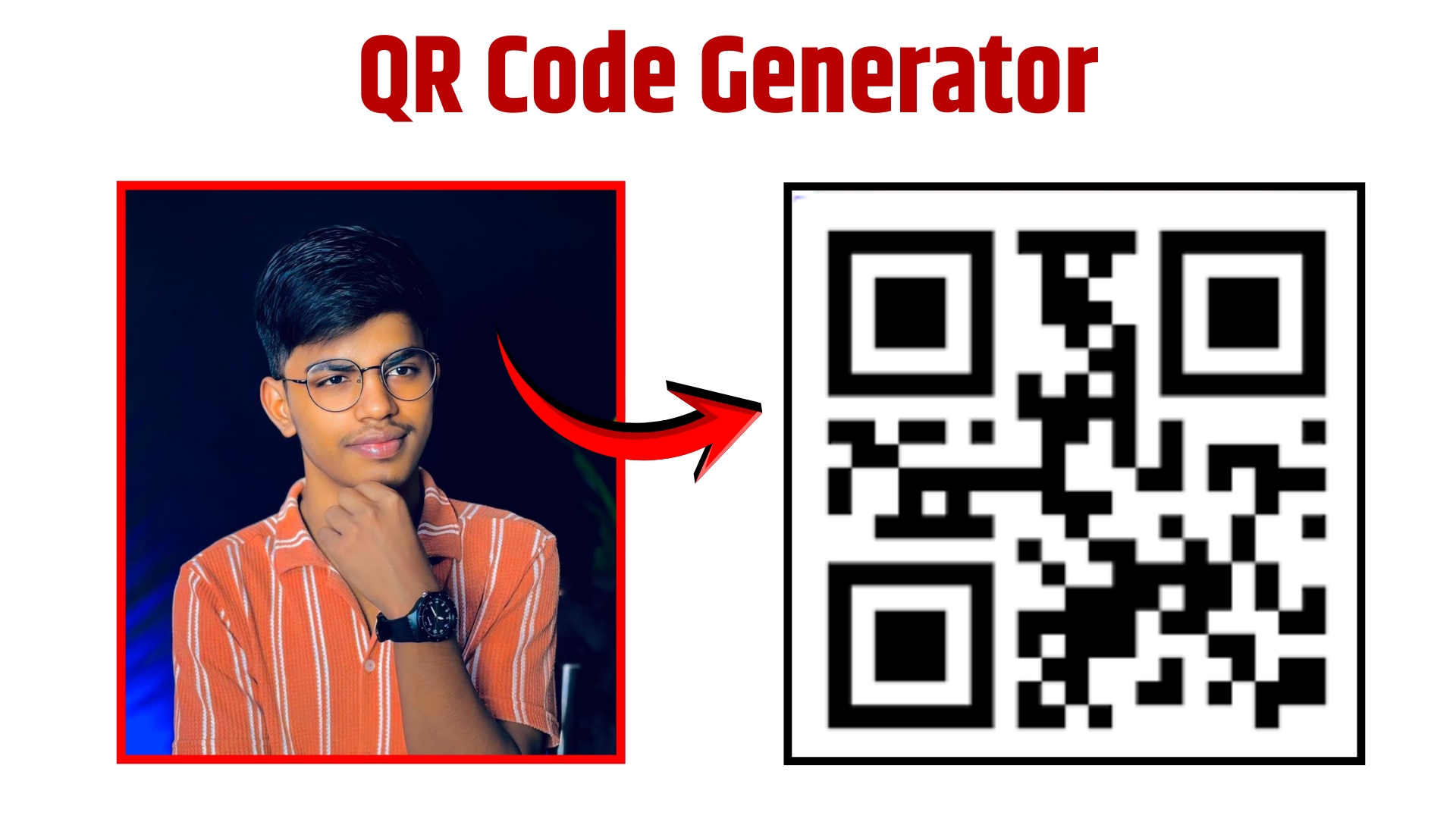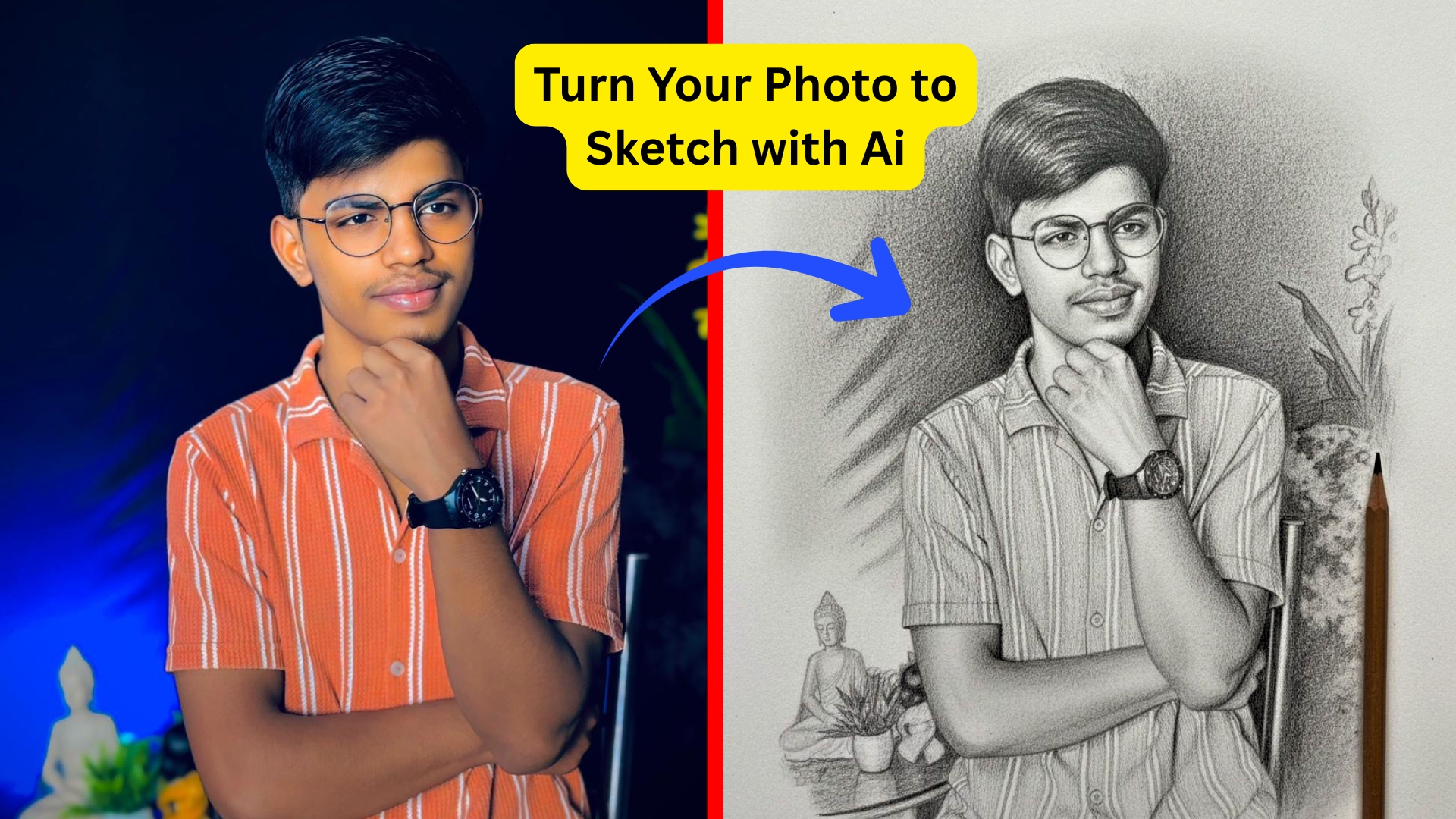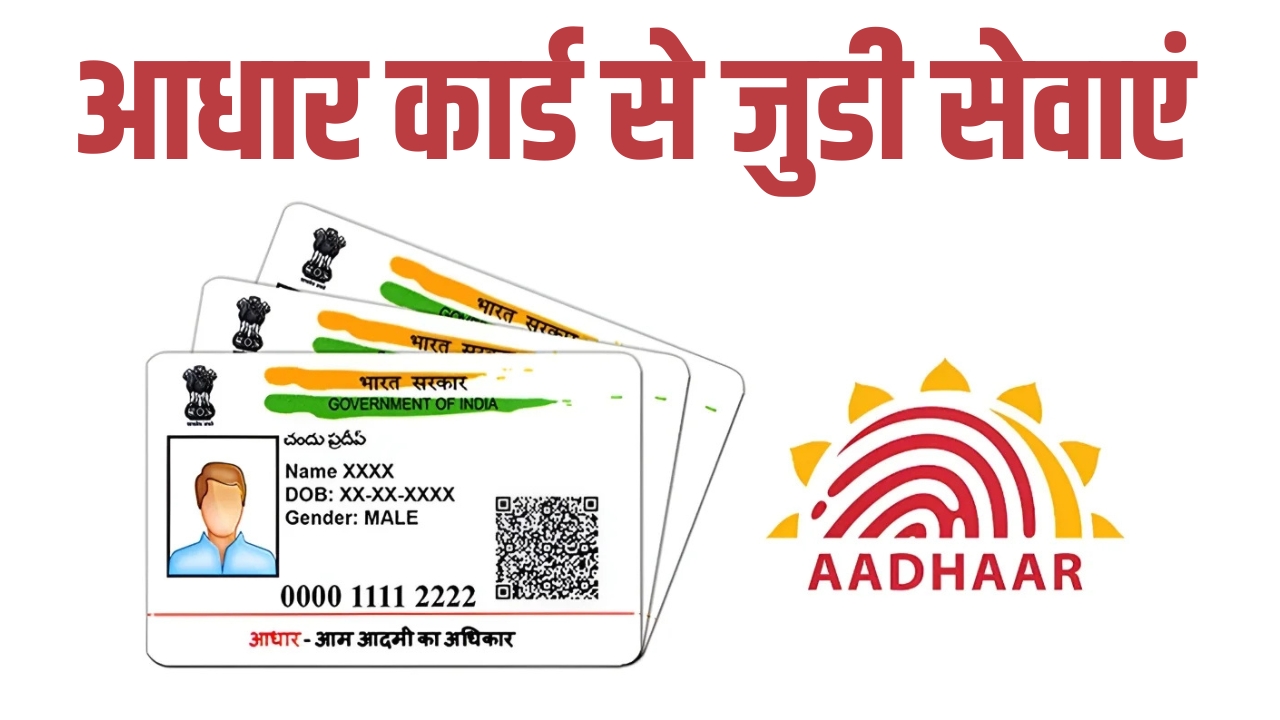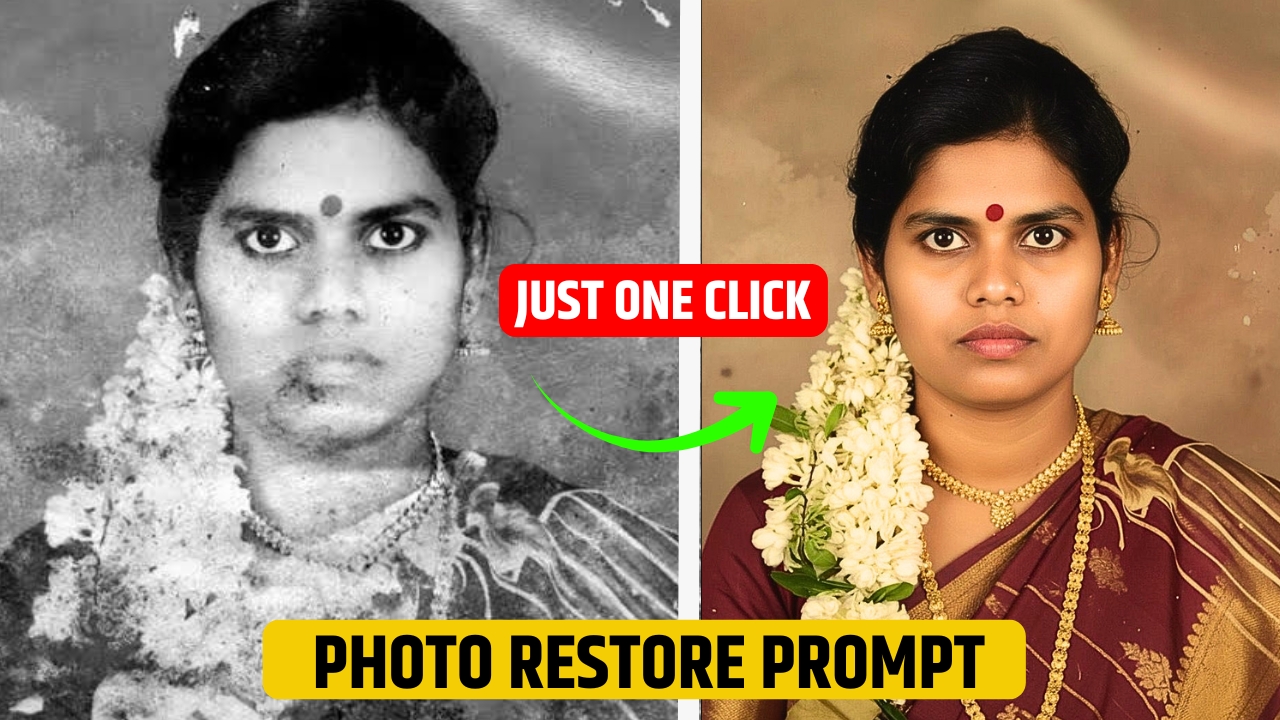The Pixelated Passport: How AI is Revolutionizing the Humblest of Photographs
For decades, the passport-size photo has been a universal token of bureaucracy. It’s a static, often awkward, snippet of our identity, frozen in time. The process is familiar: the stiff pose, the plain background, the slight anxiety about whether a stray hair will see your visa application rejected. It is a ritual of stillness. But beneath this seemingly unchanged surface, a high-RPM revolution is whirring, powered by Artificial Intelligence. AI is not just streamlining the creation of these photos; it is fundamentally redefining their very nature, turning them from passive documents into dynamic, intelligent assets.
The first and most visible gear in this high-RPM shift is the demolition of the physical photo studio. AI-powered apps and websites have democratized the creation process. You can now take a selfie on your smartphone, and in minutes, an AI will perform a digital ballet: it detects your facial contours, crops the image to the exact specifications of any country, removes the background, and even corrects lighting and minor blemishes. This is convenience at high velocity, but it’s only the surface-level disruption. The real revolution lies in the generative power of AI, which is breaking the link between the photograph and a single moment in time.
Imagine needing a new passport photo, but your appearance has changed. Traditionally, this meant a new photoshoot. Now, generative AI models can take a single, high-quality image of you and create infinite variations. They can simulate you with different hairstyles, ages, or even in different styles of dress, all while maintaining the crucial, verifiable core of your identity. This “photo on demand” capability operates at a speed and scale that is unprecedented. It’s a shift from a record of appearance to a generative model of your identity, capable of producing a compliant image at a moment’s notice.
However, introduces a double-edged sword, particularly in the realm of security. On one hand, AI is becoming our most potent weapon against fraud. Sophisticated algorithms can now analyze passport photos with superhuman accuracy, detecting micro-expressions, inconsistencies in lighting, and digital artifacts that betray a forged image. They can perform liveness detection, ensuring the photo is of a real, present person and not a mask or a screen. This creates a dynamic, AI-powered shield, constantly learning and adapting to new forgery techniques at a pace no human team could match.
On the other hand, this same generative power is the fraudster’s new toolkit. Deepfakes and AI-generated faces have reached a chilling level of realism. A malicious actor could, in theory, generate a completely synthetic person with a flawless, AI-created passport photo, or subtly alter their own features to evade detection systems. This sets the stage for a high-stakes, high-RPM arms race. It’s no longer a static battle of document security features, but a live, evolving war between two AIs: one generating deceptive identities and the other hunting for the digital ghosts in the machine.
The most profound shift, however, may be the move from a static image to a dynamic biometric signature. The future of identity verification is unlikely to be a 2×2 inch rectangle. Instead, your “passport” could be a unique biometric model derived from a scan of your face—a complex data point that is infinitely more secure and impossible to replicate with a simple print. Your identity becomes a dynamic key, not a static picture. This model can be updated seamlessly as you age, with AI bridging the gaps between your younger and older self, ensuring continuous verification without the need for new photos every decade.
This transition raises critical questions about privacy and the nature of the self. If a generative AI can create a perfect, compliant photo of you from any point in your life, who controls that data? Where is the line between a verified likeness and a manufactured one? The trust we place in the photograph is being transferred to the algorithm that creates and verifies it. This demands a new framework of digital ethics and robust regulations to ensure that this high-RPM technology empowers individuals rather than enslaving them to a system of omnipresent surveillance.
In conclusion, the humble passport photo, long a symbol of rigid formality, has found itself at the epicenter of a technological tornado. AI has injected it with high-RPM capabilities, transforming it from a passive, paper-based artifact into a dynamic, data-rich component of our digital identity. It is making the process faster and more accessible, while simultaneously triggering a security arms race and pushing us toward a future where identity is fluid and algorithmic. The blank background of the passport photo is no longer just a void; it is a canvas upon which the future of identity is being painted at breakneck speed, one pixel, and one algorithm, at a time.






